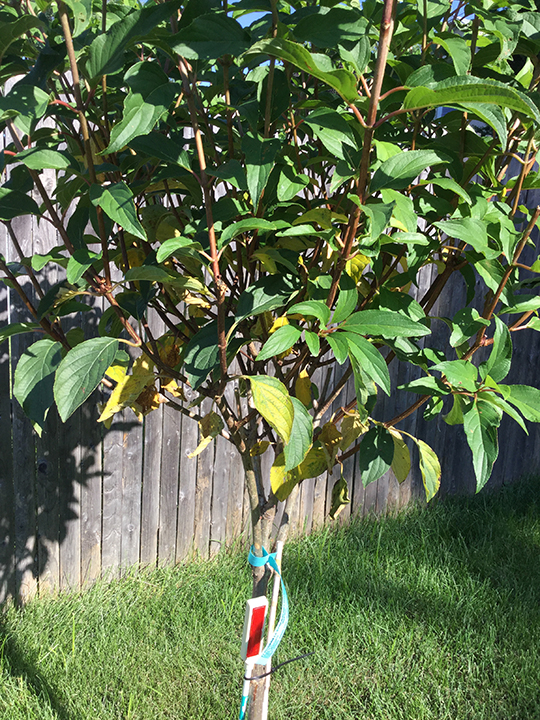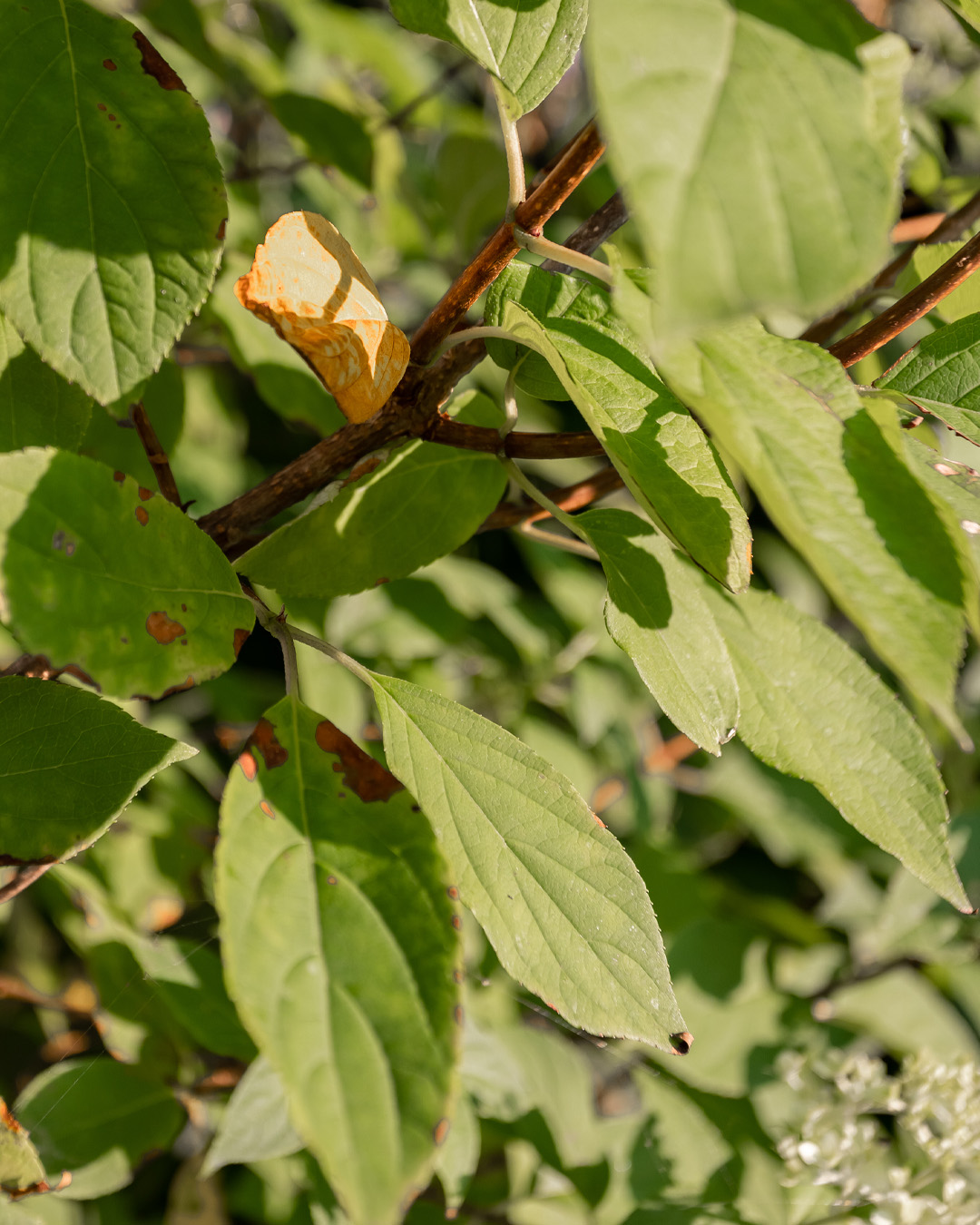What Does Hydrangea Leaves Turning Yellow Mean?
Wiki Article
The Basic Principles Of Hydrangea Leaves Turning Yellow
Table of ContentsHydrangea Leaves Turning Yellow Things To Know Before You Get ThisLittle Known Facts About Hydrangea Leaves Turning Yellow.Hydrangea Leaves Turning Yellow Can Be Fun For AnyoneThe Ultimate Guide To Hydrangea Leaves Turning Yellow
Big leaves typically look saggy during the afternoon heat. When they stop working to perk up in the evening or still look wilted in the morning, your plant could be overwatered.Get rid of the plant from the dirt and trim out any kind of roots that aren't white and turgid (plump). Replant in a new location or function some sand right into the soil for far better drain.
Add a little bit of distilled water, mix the ingredients, and drain pipes the added water. Place a p, H testing strip in and wait for an analysis.
Sphagnum moss or peat moss prevents the soil from compacting and betters soil drainage while likewise raising the soil's acidity. You can scatter sulfur chips in your hydrangea soil.
Examine This Report on Hydrangea Leaves Turning Yellow
This is one good factor to repot houseplants consistently (though there are others, such as root growth for instance). It is additionally why houseplants require a much stricter feeding regular than many exterior plants. When a hydrangea houseplant lacks nutrients, its fallen leaves will be the first to show the indicators.
You will also require to fertilize the plant manually and regular intervals. When spring begins in March, it's the active expanding period for many houseplants, including hydrangeas.
The dripline is the area located under the vegetation that is the outermost far from the center of the plant. Instead than using feed to the center of the plant it is best to focus it mostly in the outer locations of the pot. If you prefer to make use of a slow-release plant food such as granular or spike fertilizer, then cover either type with some dirt after you put them.
The Facts About Hydrangea Leaves Turning Yellow Uncovered

The hydrangea is surprisingly frost-resistant, when temperature levels begin obtaining right into the 20s, content the plant is in severe danger. If the temps remain in the low 10s, that threat is much more serious still. Clearly this is even more of a problem with outdoor plants so if you keep potted hydrangea outside you should bring them inside in extremely winter conditions or also consider relocating them inside for the period of the winter season.

A dehydrated hydrangea, A huge problem with numerous houseplants is root rot. Origin rot occurs when you overwater a plant and since it is such a common trouble (specifically with succulents) many houseplant proprietors are afraid of overwatering their plants. Hydrangeas need even more watering that the majority of various other usual houseplants and can come to be dehydrated when they are underwatered.
Rumored Buzz on Hydrangea Leaves Turning Yellow
Be absolutely certain that your hydrangea is dehydrated due to an absence of water and not due to it be provided too much water (extra on this later). Overwatering is a significant problem if you skimp on its water demands also a little bit, your hydrangea will be quick to reveal it.The most effective means to identify if your hydrangea is underwater is to inspect the dampness degrees in the soil. By utilizing an efficient yet inexpensive moisture and p, H tester, or by sticking your finger right into the soil, you will rapidly inform if the plant needs water. So, to get your hydrangea sprinkling routines on the ideal track, you need to be conscious regarding the moisture degrees in its dirt.
go to these guys When you eliminate your finger from damp soil it will certainly have percentages of soil deposit stayed with it. Dry soil will indicate your finger comes out tidy or you can check here with dry dirt that is conveniently surprised. If it's moist, and the plant has yellow leaves then the plant has likely been overwatered and you will certainly require to follow the advice offered in the area below.
Report this wiki page